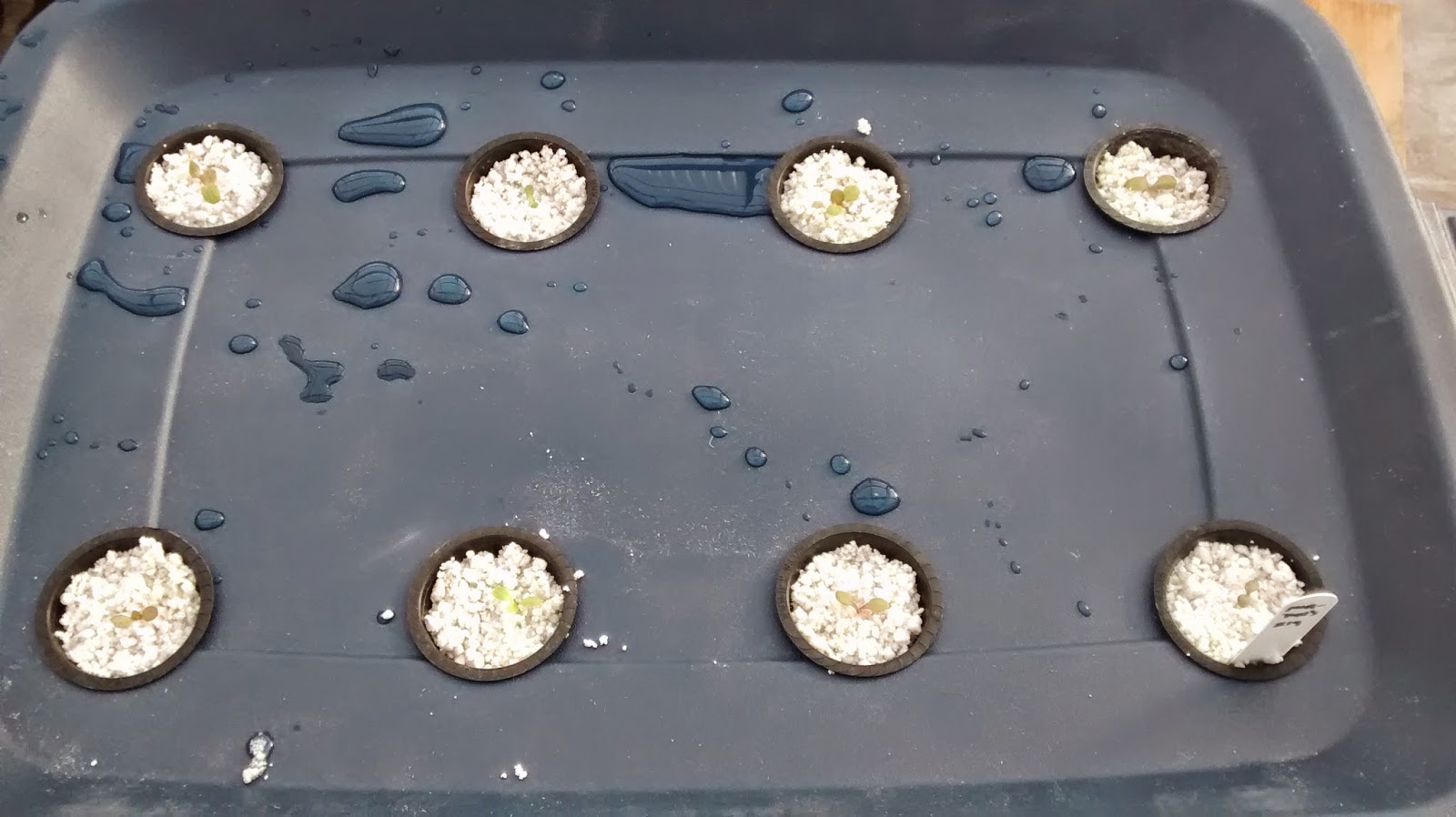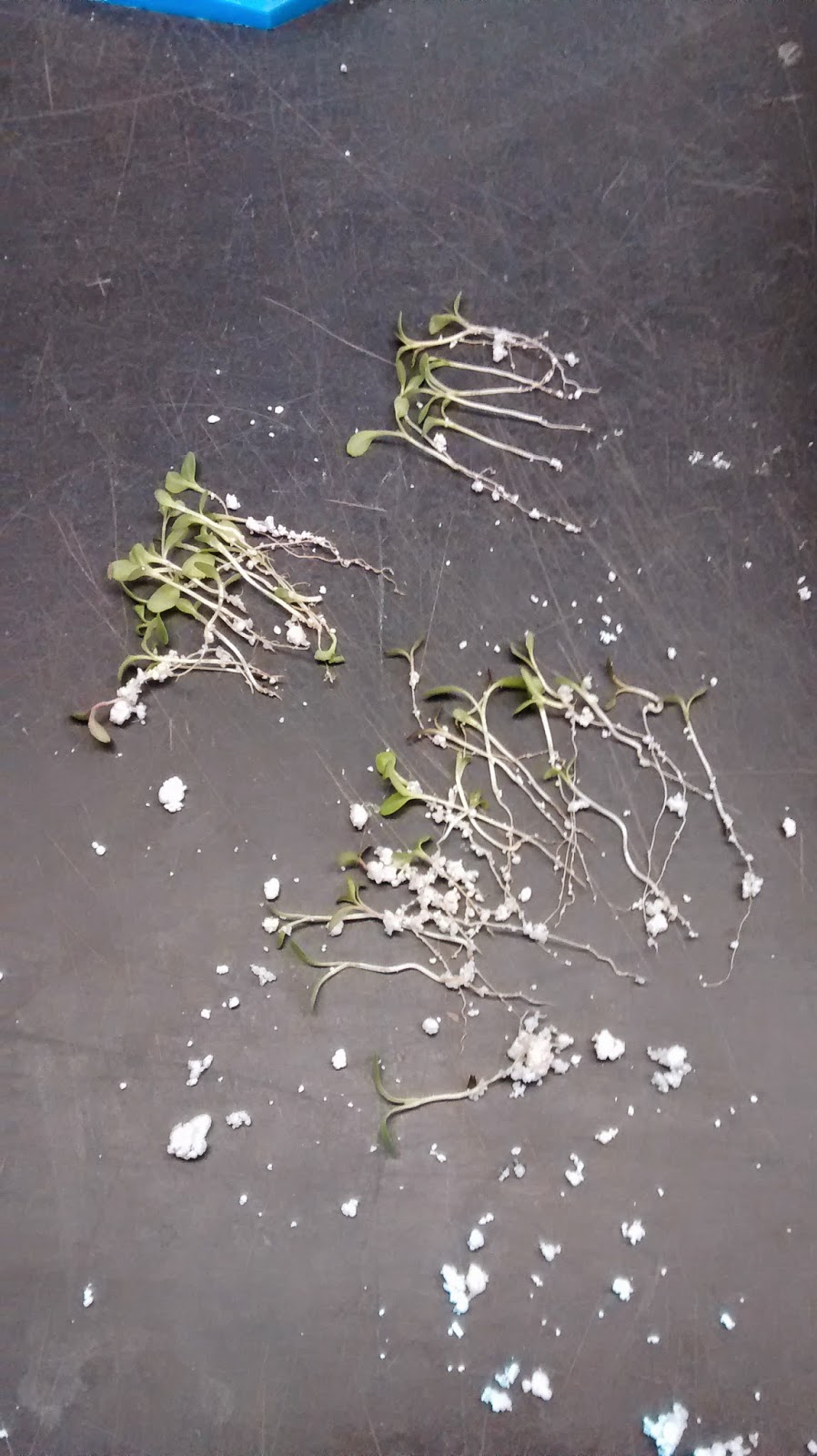Today, you are finally gonna put all of the pots into the hydroponics environment. But, before doing so first, you need to make holes in the lids of the plastic bins. (10-gal plastic storage boxes)
*Before this project, Professor Michaels usually just made holes into white expanded polystyrene, instead of using the lids came with the plastic bins.
First, you need to ask professor Michaels to bring out an "original polystyrene template" so that you do not have to measure distance between each pot from scratch. Put the template on the lid and all you need to do is to make a small dot with a chalk in the center of each circle.
After marking all of the lids you have, you are now going to use a drill press, an old school hole maker, to make actual holes on the lids. Before doing anything else, you should make sure to put some wooden piece underneath the lid, so that you do not make any holes in the work station.
Insert a 2-inch metal bit and then, activate the machine by inserting a key on the side hole of the drill. Set and adjust the depth stop and now you are ready to make some holes. Bring the lid and make the center of metal bit falls right onto the dot you drew on the lid. Then, carefully turn on the switch button, and drill some holes by adjusting the clamp on the right. After you are done making holes on every lid, do not forget to clean up debris in your work station.
This was what we got! Now it is the time to go back to our friend, green house.
Then, pour water into each plastic bin up to the line you see.
Bring out some fertilizer (Jack's Hydro Feed: http://www.amazon.com/Jacks-Hydro-16-4-17-Hydroponic-Fertilizer/dp/B00IGYELSE) add 2 tbsp to each bin then, mix it well.
Here are current sprouts. Ones in the last picture have actually taken to professor Michael's own house (since he brought them to his talk on the last weekend) and the sprouts from this tray were particularly bigger than ones left in the greenhouse here. The cause for this variability might come from the fact that the sprouts in the greenhouse were getting 11 hours of light per day while the sprouts at professor's were getting 13 hours of light per day.)
If you have noticed additional growth in each net pot, thin them out until you only have one in each.
Now, put 4 net pots to four corners of each lid and close each bin with each lid. Then, add more water through the holes and do so until you see the very bottom of the net pot on each corner touches water. This way, you can make sure that the roots will touch the water.
After you are done adding more water into each bin, remove all the net pots from each corner. Gently, place each pot with sprout into each hole. (You should make sure to keep pots from the same population together.)































